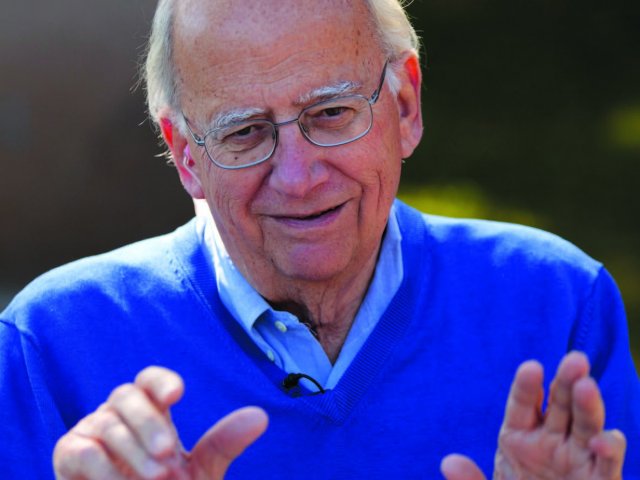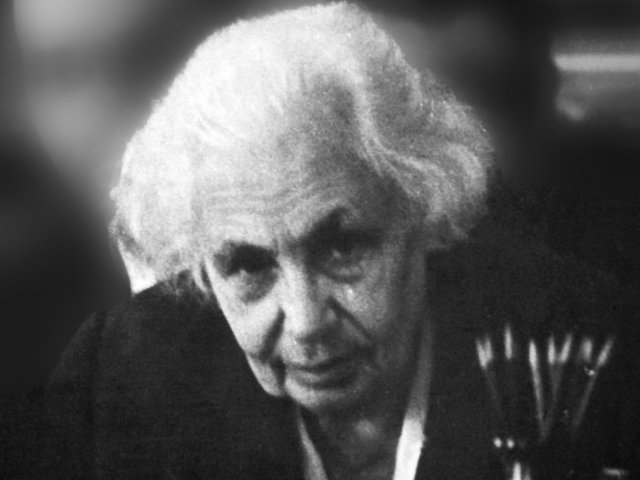Official:
Abu Ali Hussein ibn Abdallah ibn Sina or Avicenna. August 16, 980 – June 18, 1037. Scientist, philosopher and physician. Was a court physician and vizier under different rulers. He wrote over 450 works in 29 fields of science, out of which only 274 have survived to this day.
Life and Work:
1. Avicenna wrote volumes on natural sciences and was one of the fiercest fighters for the freedom of thought in the Moslem East.
2. The boy who, according to the tradition of those harsh years, was called Abu Ali Hussein ibn Abdallah ibn Sina was born in the village of Afshani near Bukhara in the family of Adballah, a civil servant in 980 AD or in 370 Hegirae.
3. Encyclopedias refer to Avicenna as a philosopher and a physician, and this is true: about a dozen fields of science claim him their representative. This was brilliantly described in verses by the Russian poet Lev Oshanin:
In poetry rhymes are rare,
The law of consonant rhyme is this:
Medicine has rhymed with Ibn Sina
For more than 10 centuries in a row.
Ibn Sina rhymes with starry skies,
With math, music, the sun and the dark,
His name rhymes with truth and falsehood
And the poetry itself.
4. According to the legend, the first word uttered by little Hussein was “why.” He was a smart and inquisitive boy and by the age of 10 he had learnt Quran by heart. Then he studied logic, astronomy, geometry, and music.
5. At the age of 14, the incredibly gifted boy got interested in medicine, he had read all the essays available to him and began practicing. Later he wrote in his biography: “I took up medicine supplementing reading with observing patients, which taught me many methods of treatment that had not been described in the books.”
6. When Ibn Sina was 17, he was called to attend an ailing emir who court physicians had failed to cure. The young doctor succeeded in his treatment, the emir got better and immediately appointed Avicenna his private physician and allowed to use the famous palace library.
7. In Avicenna’s career years of peaceful living in the palace were replaced by periods of wandering and imprisonment as it was the medieval times and Central Asian rulers were rather cruel.
8. Among dozens of books written by Avicenna on philosophy, astronomy, among books of verses and theological essays, next to The Book of Scientific Knowledge – the encyclopedia written in Farsi and The Book of Healing – the encyclopedia written in Arabic, stands The Canon of Medicine, the apex of his writing. Five large volumes incorporated all the medical knowledge available to people by the 11th century. The first volume contains the information on anatomy, physiology and surgery. The second volume describes 800 simple medications, including roots and herbs. The third and fourth volumes are devoted to illnesses of human organs and methods of treating them. The fifth volume contains descriptions of complex medications.
9. Avicenna was the first to describe hepatitis, plague, cholera, lepra, meningitis and stomach ulcer. Many discoveries by Avicenna were experimentally proven hundreds of years later: for instance, it was only in the 20th century that Avicenna’s hypothesis on fever or infectious diseases being caused by invisible agents was confirmed. These days these agents are called viruses.
10. A multifaceted scientist is also considered to have invented Ghijak – a string and bow musical instrument popular in Central Asia.






















